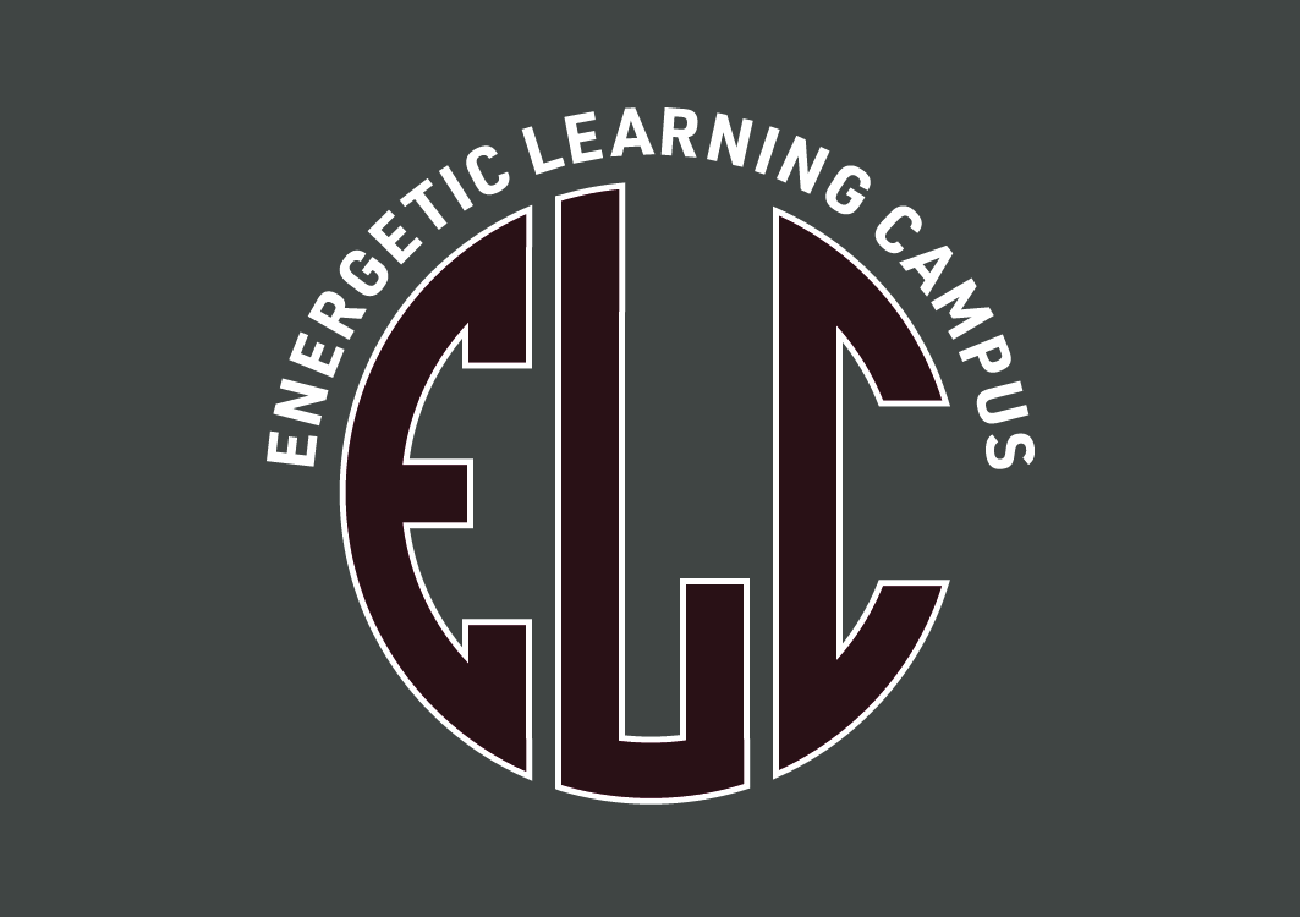Project Based Learning is an instructional approach built on authentic learning activities that engage student interest and motivation. These activities are designed to answer a question or solve a problem and often reflect the types of learning and work people do in the everyday world outside the classroom. PBL is synonymous with learning in depth. A well designed project provokes students to encounter (and struggle with) the central concepts and principles of discipline. PBL teaches students 21st century skills as well as content. These skills include communication and presentations skills, organization and time management skills, research and inquiry skills, self-assessment and reflection skills and group participation and leadership skills.
In Project Based Learning (PBL), students go through an extended process of inquiry in response to a complex question, problem, or challenge. While allowing for some degree of student “voice and choice,” rigorous projects are carefully planned, managed, and assessed to help students learn key academic content, practice 21st Century Skills (such as collaboration, communication & critical thinking), and create high-quality, authentic products & presentations.
Rigorous, meaningful and effective Project Based Learning:
- is intended to teach significant content. Goals for student learning are explicitly derived from content standards and key concepts at the heart of academic disciplines.
- requires critical thinking, problem solving, collaboration, and various forms of communication. To answer a Driving Question and create high-quality work, students need to do much more than remember information. They need to use higher-order thinking skills and learn to work as a team. They must listen to others and make their own ideas clear when speaking, be able to read a variety of material, write or otherwise express themselves in various modes, and make effective presentations. These skills, competencies and habits of mind are often known as “21st century skills,” because they are prerequisite for success in the 21st century workplace.
- requires inquiry as part of the process of learning and creating something new. Students ask questions, search for answers, and arrive at conclusions, leading them to construct something new: an idea, an interpretation, or a product.
- is organized around an open-ended Driving Question. This focuses students’ work and deepens their learning by framing important issues, debates, challenges or problems.
- creates a need to know essential content and skills.Project Based Learning reverses the order in which information and concepts are traditionally presented. A typical unit with a “project” add-on begins by presenting students with knowledge and concepts and then, once gained, giving students the opportunity to apply them. Project Based Learning begins with the vision of an end product or presentation. This creates a context and reason to learn and understand the information and concepts.
- allows some degree of student voice and choice. Students learn to work independently and take responsibility when they are asked to make choices. The opportunity to make choices, and to express their learning in their own voice, also helps to increase students’ educational engagement.
- includes processes for revision and reflection. Students learn to give and receive feedback in order to improve the quality of the products they create, and are asked to think about what and how they are learning.
- involves a public audience. Students present their work to other people, beyond their classmates and teacher – in person or online. This “ups the stakes,” increasing students’motivation to do high-quality work, and adds to the authenticity of the project.
If we are serious about reaching 21st Century educational goals, PBL must be at the center of 21st Century instruction. The project contains and frames the curriculum, which differs from the short “project” or activity added onto traditional instruction. PBL is, “The Main Course, not Dessert.”
Why use PBL?
Students gain a deeper understanding of the concepts and standards at the heart of a project. Projects also build vital workplace skills and lifelong habits of learning. Projects can allow students to address community issues, explore careers, interact with adult mentors, use technology, and present their work to audiences beyond the classroom. PBL can motivate students who might otherwise find school boring or meaningless.


